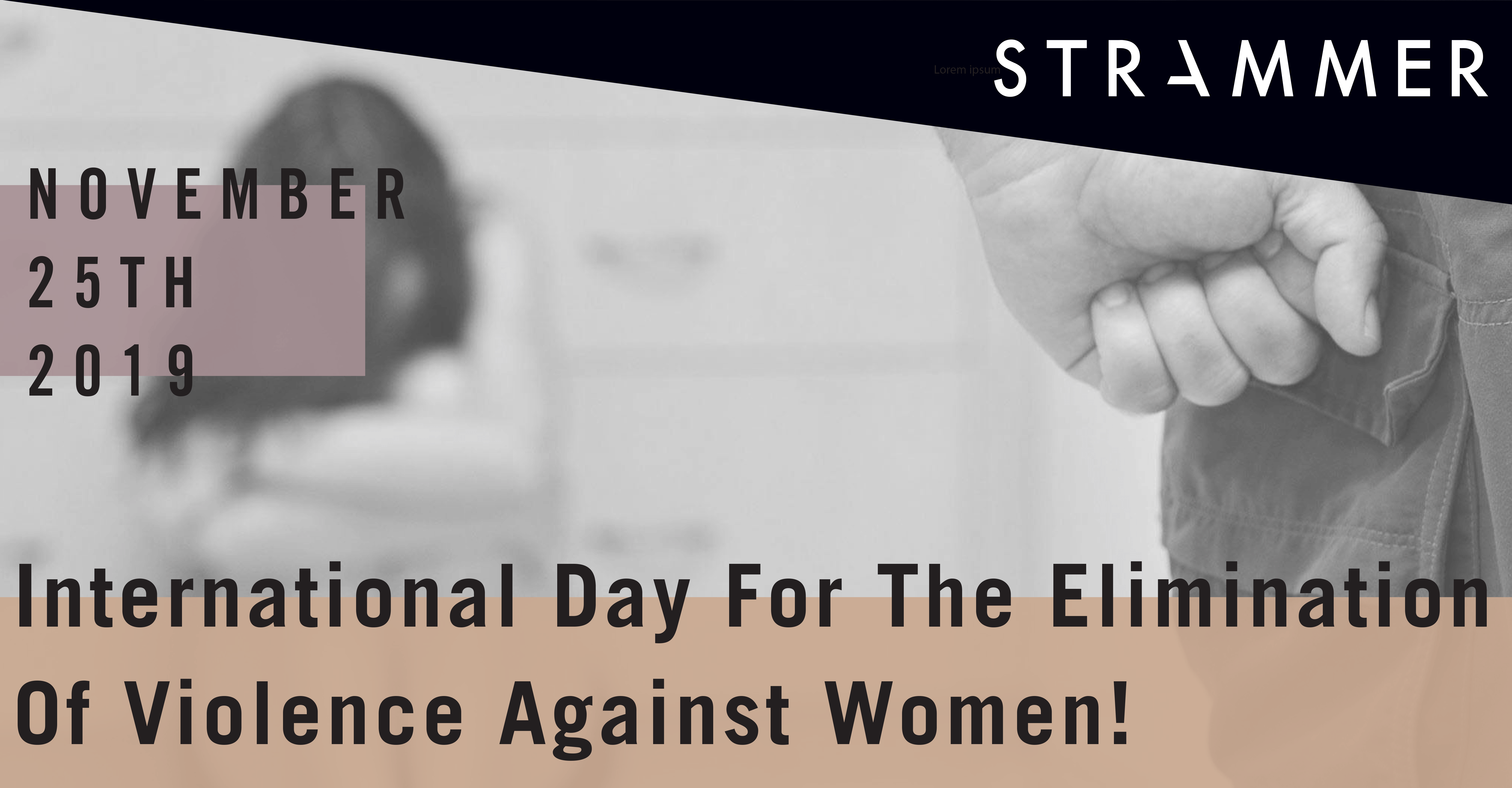International Day for The Elimination of Violence Against Women – 25th November
Violence against women is still a problem today. It comprises a diverse number of different situations, such as harassment, sexual violence, human trafficking, genital mutilation, and child marriage, among others.
The UN General Embassy has defined violence against women as “any act of gender-based violence that results in, or is likely to result in, physical, sexual or psychological harm or suffering to women, including threats of such acts, coercion or arbitrary deprivation of liberty, whether occurring in public or in private life.”.
Moreover, this issue contributes to the difference in gender equality. Therefore, it is crucial to raise awareness about these situations. In order to do so, United Nations Women designated the 25th of November as the International Day for the Elimination of Violence against Women. On this day, people are encouraged to wear orange clothes to show support for the cause. Orange symbolises a better tomorrow and a world without violence against women.
This day marks the beginning of 16 days of activism and awareness regarding human rights. It ends on December 10, which is International Human Rights Day.
In fact, the World Health Organization stated that one in three (35%) women have suffered from physical/sexual violence. Most of the violence was conducted by these women’s partners. As unbelievable as it may seem, domestic violence has caused more deaths of women than civil wars. It is the most common type of violence against women, according to statistics from the European Union and the United Nations. Sadly, as it is, these show how urgent it is to educate and raise attention to this issue.
Today, there are 750 million girls who married before the age of 18. Also, and according to the UN, 71% of victims of human trafficking are women and girls. Up to 200 million women were victims of female genital mutilation. This information may be shocking and extensive, but it is important to acknowledge this problem.
At the same time, violence against women is also a concern in the workplace: 54% of women reported harassment at work, according to the Washington Post. In an OSCE survey, victims of harassment were asked who their aggressor was. As much as 17% said it was their colleague/co-worker and 4% said it was their boss/supervisor.
The physical consequences of violence against women are endless: deaths, incapacity, gynaecological and mental issues, among others. Victims also have a higher risk of feeling isolated and lonely, reduced ability to work, etc.
To resolve this issue,governments and organisations are working together. For instance, the UN has placed gender equality and the empowerment of women and girls at the centre of their 2030 Agenda for Sustainable Development. The UN and the European Union are also cooperating to tackle the problem of violence against women. In the video, you can understand more about this.
References:
- Violence against women, November 2017, World Health Organization
- International Day for the Elimination of Violence against Women 25 November, United Nations
- Facts and figures: Ending violence against women, November 2019, UN Women
- Spotlight Initiative: To eliminate violence against women. Annual Report, 2018





